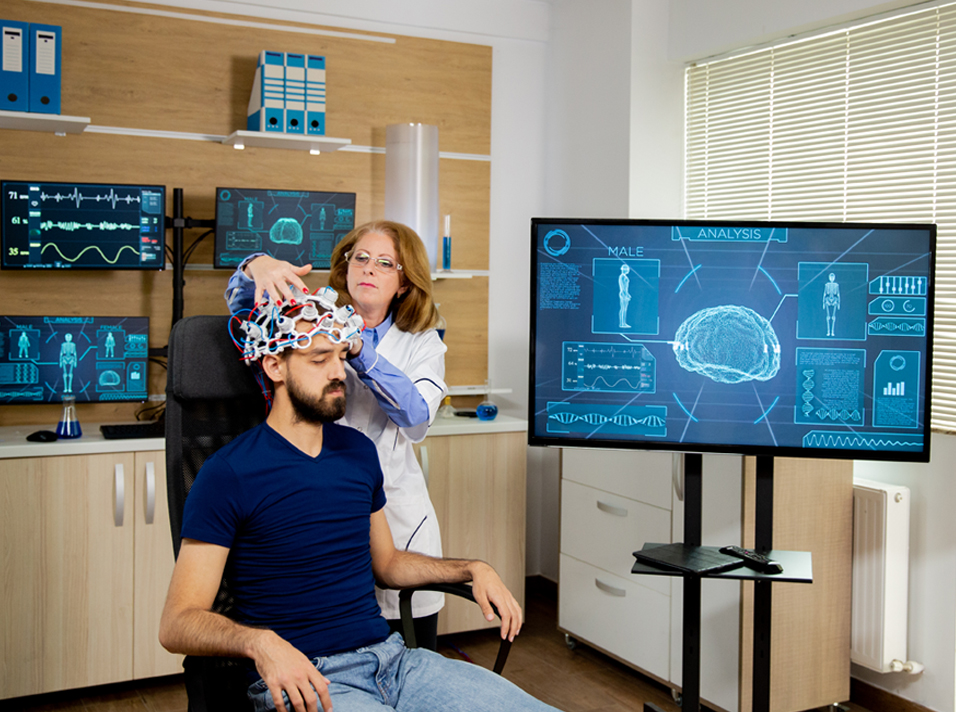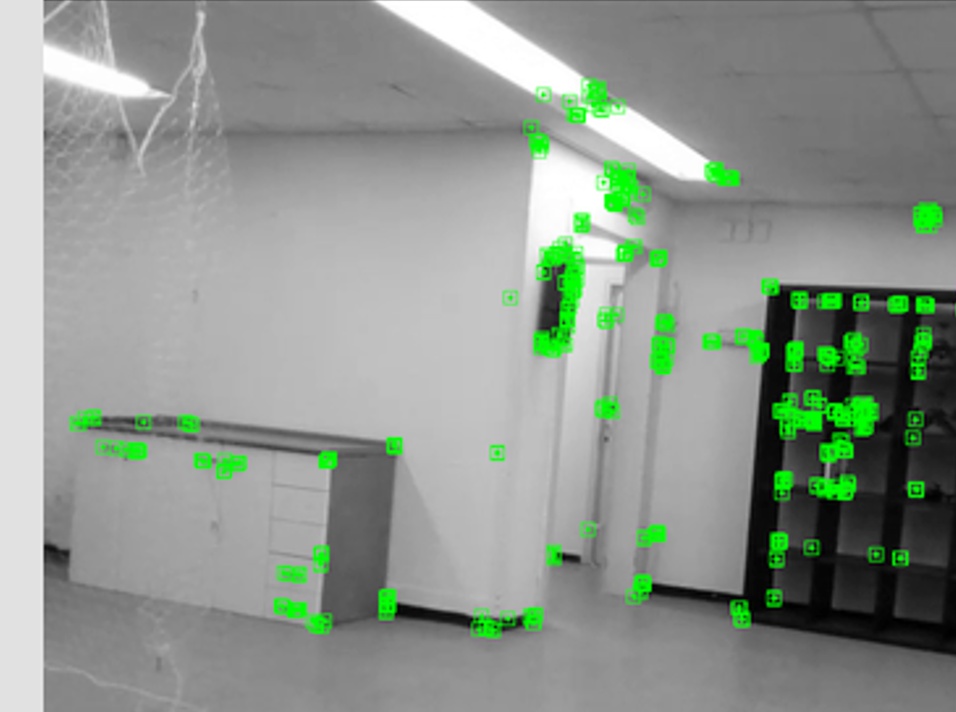Introduction
When it comes to technological innovation, Extended Reality (XR) is at the forefront and its use is expected to grow at a CAGR of 39.2% during the period until 2032. From Google Maps live view for navigation to Pokemon Go and Snapchat filters, XR is redefining people’s perception and interaction with digital and physical realities. XR technologies such as Virtual Reality (VR), Augmented Reality (AR), and Mixed Reality (MR) enable seamless integration of virtual environments and our everyday surroundings to enhance user experiences and simplify decision-making processes. This blog post delves into aspects like XR components and benefits while exploring its application across diverse sectors.
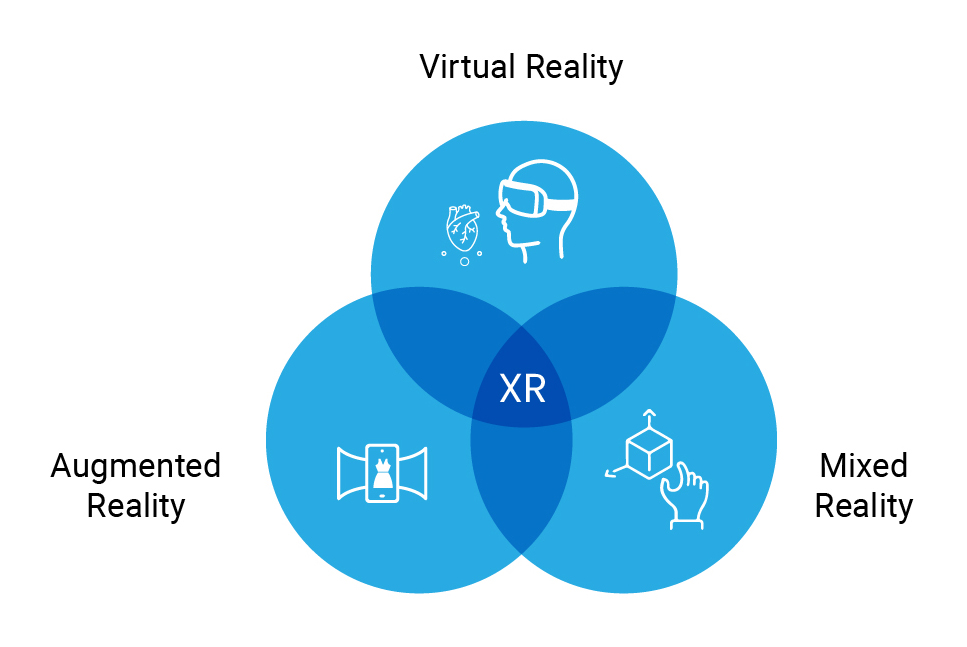
Extended Reality – What Is It
Extended Reality (XR) is a groundbreaking technological innovation that blends the physical and virtual worlds into a seamless and immersive experience, enabling users to make smarter decisions. As an example, virtual try-on options incorporated by eCommerce giants such as Amazon and Shopify have helped them not only enhance user satisfaction but also reduce returns.
Here’s an example of how we’ve helped customers transform user experience with Extended Reality.
The different components of XR are:
VR: It involves cutting off the physical world and immersing users in virtual environments (computer-generated simulations) through head-mounted displays (HMDs) or VR glasses. They allow users to explore and interact with digital spaces in real time. VR technology can be effectively incorporated into the products developed for gaming, simulations, training, and entertainment industries as it can provide fully immersive experiences to users.
AR: It helps overlay digital information (graphics, sounds, or other sensory enhancements) onto the physical world view of the user and enhances their real-world environment. Some examples of AR devices are smartphones, tablets, smart glasses, and heads-up displays (HUDs). AR finds application in areas like industrial maintenance, navigation aids, interactive marketing campaigns, and educational tool development.
MR: It enables the merging of virtual and real worlds and creates new environments. While VR creates isolated virtual environments, MR integrates digital content into the physical surroundings of the user to enable interactive experiences and spatial mapping. MR is best suited for scenarios that call for detailed visualization, such as architectural designs, remote assistance, and training simulations.
Connect with us and experience our unparalleled expertise in Extended Reality
XR and Traditional Reality
In traditional reality, direct interaction with the physical world is enabled solely through our senses and physical environments. On the other hand, XR technologies add layers of digital information or replace elements of the physical environment with virtual equivalents. This facilitates immersive experiences, enhances human capabilities, and enables different forms of visualization and interaction that are impossible with traditional reality. Besides, XR allows real-time manipulation and interaction with digital content, bridging the gap between reality and imagination.
Our professionals are adept at integrating hardware and software elements to deliver augmented, virtual, and mixed-reality experiences.
Hardware elements include:
- Sensors and trackers such as motion sensors, cameras, and other devices help capture the movements and interactions of users to render responsive virtual environments.
- HMDs such as VR headsets (Apple Vision Pro, Oculus Rift, HTC Vive, etc.) and AR glasses (Microsoft HoloLens) deliver immersive auditory and visual experiences. Furthermore, HMDs help with real-time adjustment of the visual perspective by tracking head movements.
- High-performance graphics cards and processors help real-time rendering of complex 3D environments and data processing.
- Input devices such as controllers, haptic gloves, and others allow interaction with the virtual or augmented environment.
Software elements include:
- Rendering engines like Unity and Unreal Engine help create and render 3D environments, which may include graphics, simulations, and interactions in the virtual space.
- Tracking and mapping software is used to process data from sensors and trackers and create accurate models of user movements and the surrounding environment.
- Content creation tools are used for creating XR content (3D models, animations, and interactive elements) and ensuring customized experiences.
Advantages of Using XR
The broad spectrum of benefits offered by XR technologies to industries and domains in enhancing user experience and engagement include the following:
- Immersive and interactive experiences to capture user attention and improve engagement
- Skill development and enhanced learning retention through hands-on and realistic simulations
- Reduction in physical prototype development, travel, and training costs as they enable virtual alternatives
- Increased safety as they enable real-time information flow and guidance in hazardous environments
- They allow personalization to enhance customer experiences in the retail sector
- They help develop innovative marketing strategies to create memorable brand experiences and attract customers
Industry Applications of XR
XR technologies are revolutionizing the way businesses are conducted as they have the power to enhance processes, improve user experiences, and drive innovation across sectors.
Healthcare
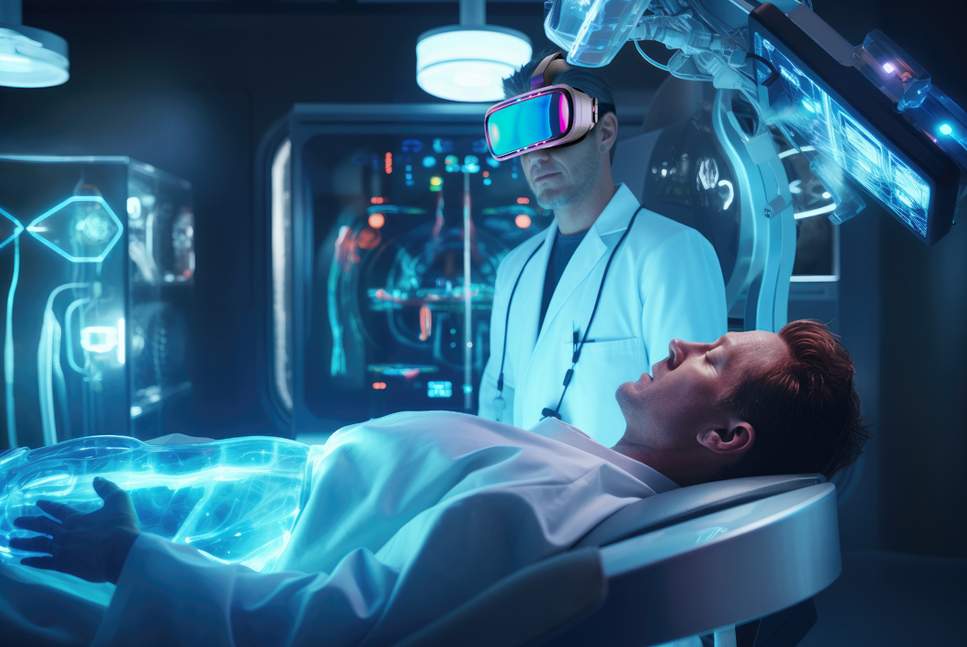
XR is not only transforming healthcare practices but also patient outcomes by enabling the development of innovative applications. Whereas VR simulations enable healthcare professionals to practice various procedures in realistic virtual environments and enhance their skills and confidence, AR allows surgeons to overlay procedural guidelines and patient scans to improve precision and reduce time. Furthermore, VR-based therapies are helpful in engaging patients in immersive exercises tailored to help them recover faster.
Industrial
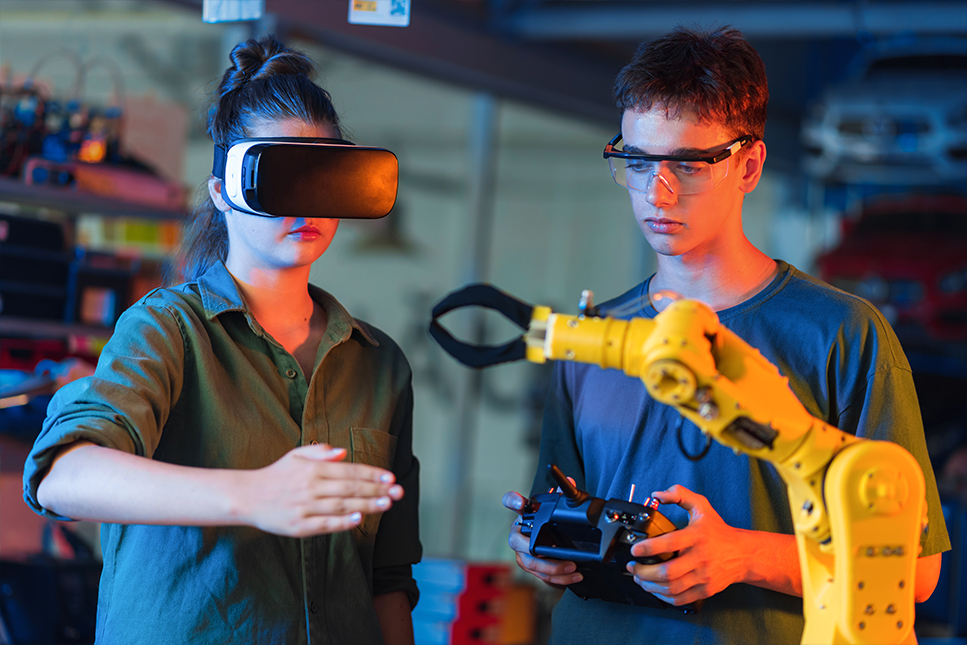
When it comes to industries, XR technologies help not only to optimize operations and enhance safety protocols but also to streamline complex tasks. VR-based training programs help in preparing workers to operate safely in hazardous environments, learn equipment operation, and handle emergency scenarios. This minimizes risks and improves readiness. Moreover, AR-enabled smart glasses are helpful in providing data to technicians and extending remote assistance for facilitating equipment maintenance and cutting down downtime. Besides, MR can be used to enable design reviews and virtual prototyping and accelerate product development cycles.
Retail
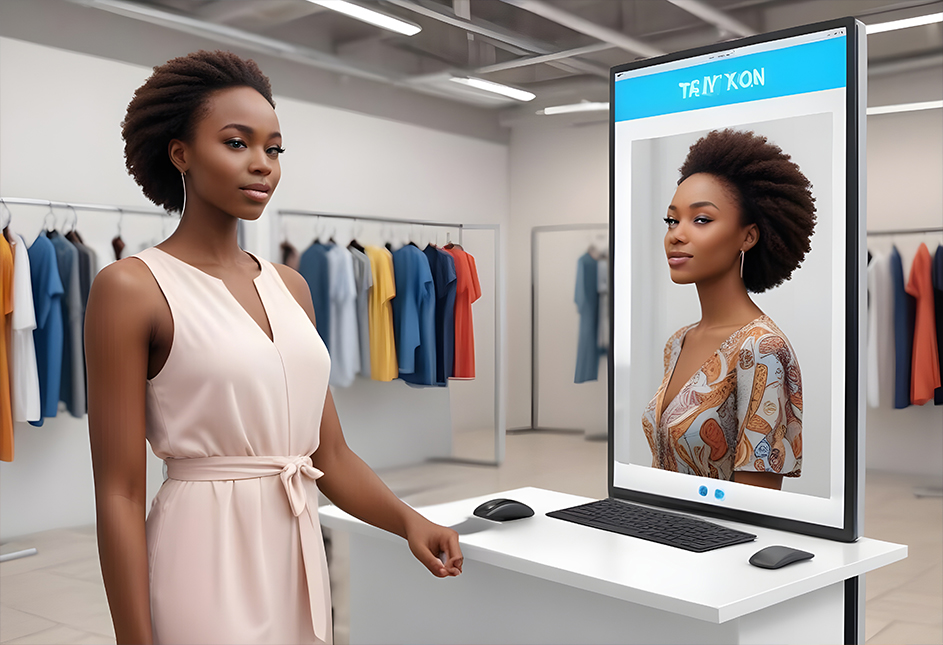
In the retail sector, AR applications allow customers to try out clothing, accessories, or cosmetics virtually before making purchase decisions. AR-powered apps designed to enable in-store navigation enable store owners to offer personalized recommendations based on their browsing history. This enhances customer engagement and satisfaction. Moreover, XR-powered interactive displays and promotional campaigns help to drive foot traffic and sales.
Conclusion
XR technologies continue to evolve but they promise to improve productivity and safety standards as well as enhance user experiences. However, embracing XR requires a strategic approach focused on innovation, collaboration, and customer-centric design in order to effectively harness its transformative power. Organizations can unlock new growth opportunities by creating immersive experiences that resonate with their customers’ audiences.
Get in touch to discover how we’ve helped businesses prosper with Extended Reality


